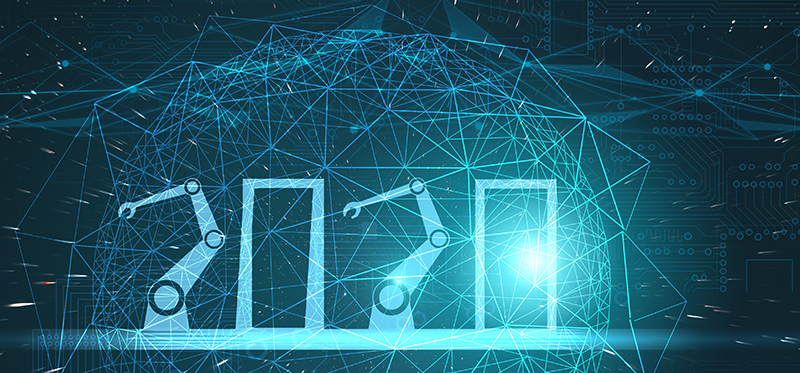
The Best 5 IoT Applications Of 2020
In Which Areas Did IoT Stand Out In 2020?
2020 has been a different year for all of us. Both everyday life and technology concepts followed an interesting way than ever before. The effects of the Covid-19 changed the routines in our lives and made new adaptations necessary.
In terms of technology, non-contact and distance solutions came to the fore most. At this point, Internet of Things applications have also had a rising trend both in private and business life.
As we mentioned before, the Internet of Things, which has been in our lives since the 1980's; It pioneered a revolutionary change in industries such as technology, healthcare, manufacturing, retail, security, energy and agriculture. Many companies and industries have begun to focus on increasing productivity through real-time data management and task automation.
New applications offered with IoT-based technologies and developed traditional methods have responded well to the performance sought in terms of efficiency and benefit in 2020.

As we approach to the end of the year, we have compiled the prominent applications in the field of Internet of Things in 2020.
1. IoT Sensors
IoT sensors consist of manual or digital sensors connected to circuit boards. Circuit boards are programmed to measure a range of data collected from sensors such as carbon monoxide levels, temperature, humidity, pressure, vibration, and motion.
What makes IoT sensors different from simple sensors is the ability to not only collect data in different physical environments, but also transfer data to connected devices.
2. IoT Data Analytics
Businesses use IoT data analytics to identify trends by analyzing big and small data. IoT data analytics applications can explain a variety of data which are structured, unstructured, and semi-structured to gain meaningful insights. IoT can be used in data analytics to analyze various types of data, including motion datasets, geographic data, and healthcare data.
3. Supply Chain Management Based on IoT
In the supply chain, better predictions can be made through smart routing and rerouting algorithms. Smart IoT devices connected to packages provide instant information via GPS and RFID signals, which can help to make informed decisions in supply chain. Programs help about inventory management, vendor relationships, fleet management and planned maintenance.
4. Smart Barcode Reader
IoT-based barcode readers have cloud data connections to connect with other systems. Using the connected barcode reader eases the inventory management process.
5. Smart Agriculture and Livestock
Farmers can use smart IoT agriculture applications to manage many different activities, such as determining the best time to harvest crops, creating fertilizer profiles based on soil chemistry, and sensing soil nutrients and moisture levels.
Moreover, the profitability increases while the costs decrease thanks to the pedometers that follow the estrus in livestock.